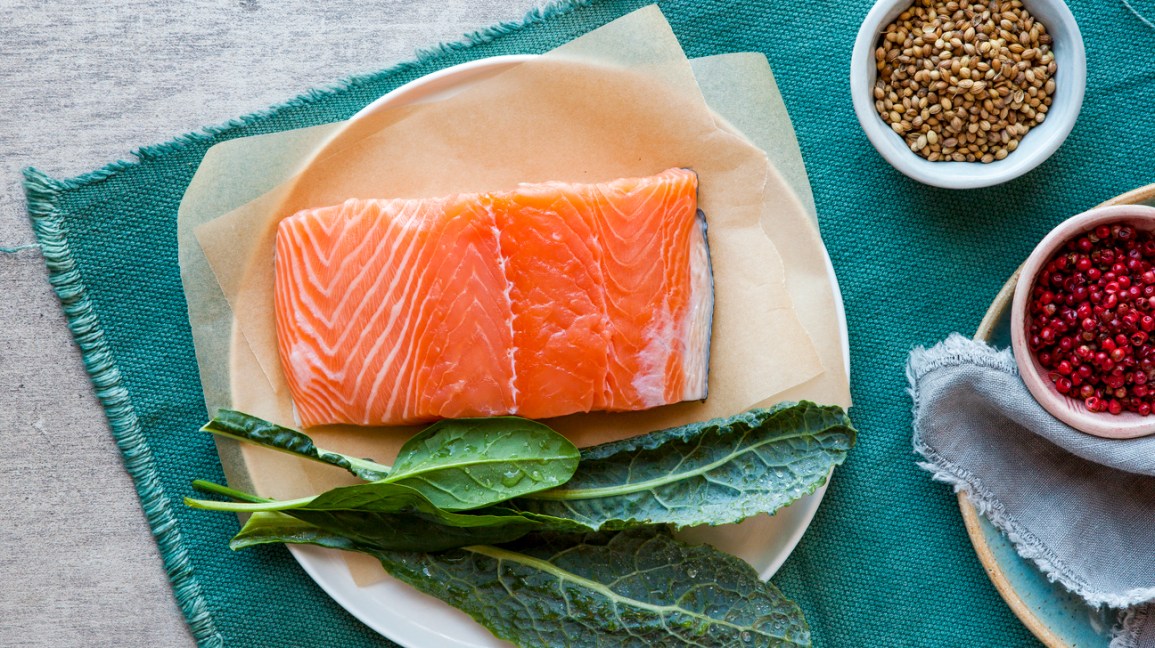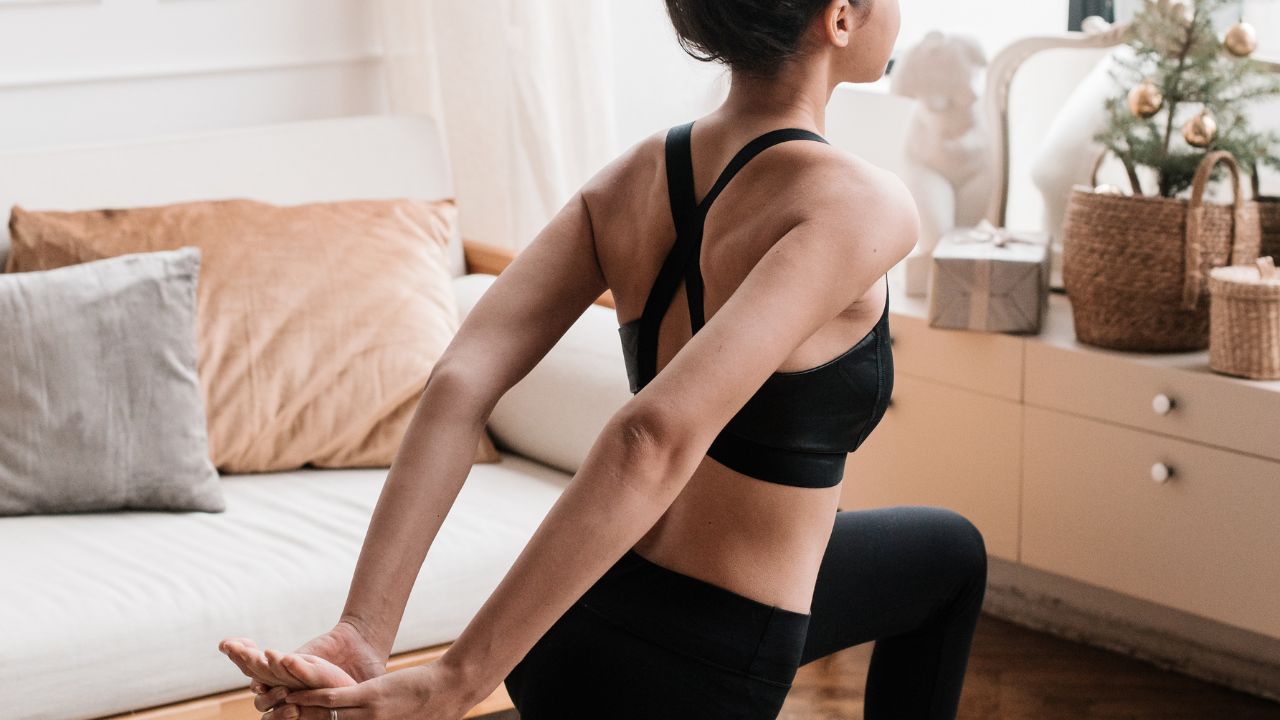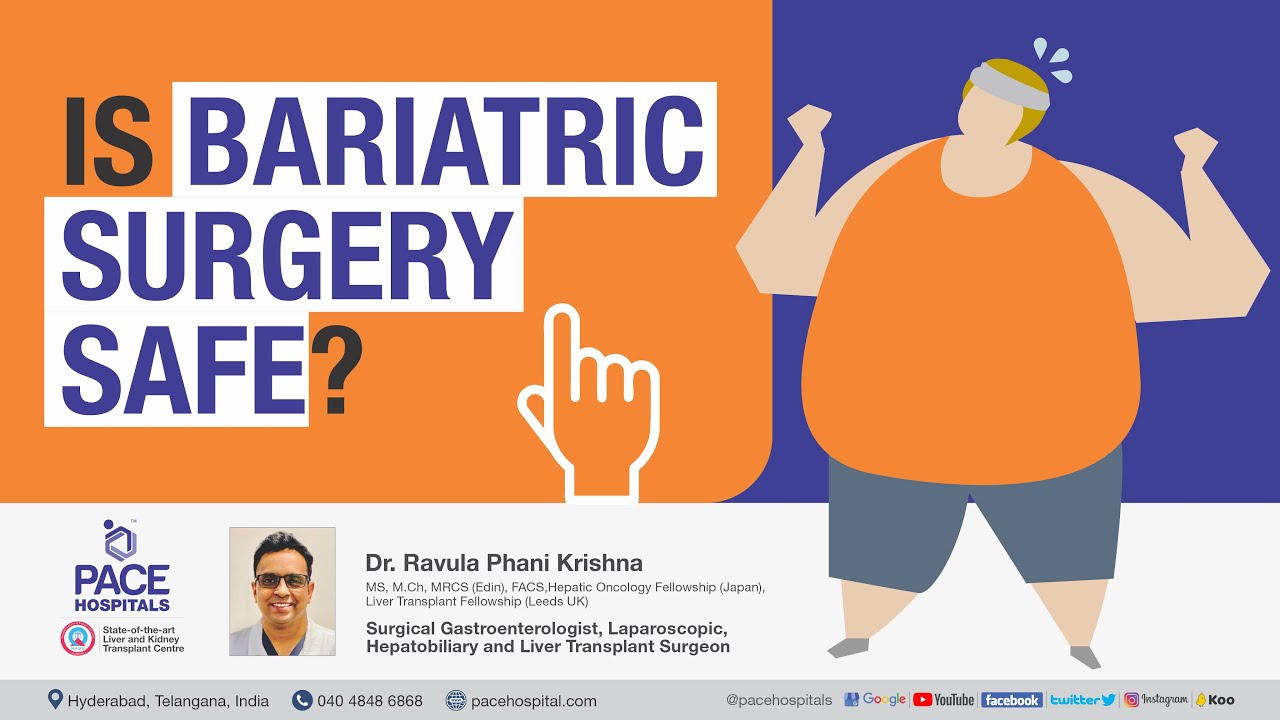
Rowing is a full-body workout and a great way to lose weight. It requires no treadmill or starving yourself to get results. Good posture is essential before you start rowing. It is important to sit as upright as possible, avoid hunching, and keep your eyes and chest up. This will ensure that your airways are open and you get the most out of your rowing session.
It's a meditative activity
Rowing is a great exercise for weight loss and meditation. Rowing, with its repetitive nature, can help reduce stress levels and increase cardiovascular fitness. Rowing is an aerobic exercise that is non-stressing and not involving joint movements. It doesn't matter if you row outdoors or on a stationary machine, you will feel a sense peace that is hard to beat.

It's an all-body workout
Rowing is a great workout for weight loss because of the intense cardiovascular benefits. Rowing uses your core, legs, and arms to propel you forward, helping you burn lots of calories. Your metabolism rate is higher and your ability to burn calories will be greater if you are more muscular. You'll see noticeable results from your training. Your body burns calories much faster than fat. It is important to work at a higher level of intensity in order to burn fat.
It's very easy to learn.
Rowing can be a great cardiovascular exercise and a great way of losing weight. Rowing is similar to riding a bicycle, but requires coordination. Rowing is a simple exercise that can help you lose weight, despite being complicated. For its many health benefits, rowing is a favorite among weight loss fans. Rowing is safer than traditional cardio machines and can be a great way to make new friends.
It's compact
The rowing machine is a great choice for those looking for a new way to lose weight. This compact machine blends full-body cardio with low-impact cardio to generate a calorie-burning effect. The machine can be stored indoors and is extremely effective for anyone of any fitness level. It is also easy to disassemble and separate into two parts that can be assembled again without the need for tools. The compact weight loss machine, which is made from aluminum, is very durable and compatible with Bluetooth.
It's effective
Rowing can be seen as a very intense exercise. However, it can also help you burn calories. Rowing uses the lower part of your body to generate most of the exercise's energy. This type is a great way to work your lower body muscles by driving your legs into a heel-rest on the boat. It works all major muscle group in the body, making it a good way to lose weight.

It's very easy.
It is quite simple to lose weight if you're not a person who loves food. This type exercise is great for losing weight and improving your health. Many negative effects of eating unhealthy foods include feeling lethargic, ill, and not wanting physical activity. The rowing machines are an excellent way to burn calories and get moving without putting too many strains on your joints.
FAQ
Why should you lose weight before reaching 40?
People over 40 should take care of their health and keep fit. It is essential to find ways to stay fit throughout one's life. This includes regular exercise, eating well, not smoking, and drinking moderate alcohol.
It is also crucial to recognize the fact that our bodies age. Our bones begin to weaken and our muscle mass begins to shrink. We can slow down the aging process by taking care of ourselves.
Being healthy and active as we age has many benefits. These include:
-
Better Sleep
-
Better mood
-
Increased energy levels
-
Lower risk of developing cancer
-
A longer life
-
More independence
-
Better sex
-
Better memory
-
Improved concentration
-
Greater circulation
-
Stronger immune system
-
Fewer aches & pains
What amount of exercise is necessary to lose weight?
There are many factors that influence the amount of exercise required to lose weight. These include your gender, age, body type and how heavy you are. However, generally speaking, most people need at least 30 minutes of moderate physical activity five days per week.
The American College of Sports Medicine recommends that you do 150 minutes of moderate intensity aerobic activity per week. This should be spread over three days.
For example, if you want to lose 10 pounds, aim to do 300 minutes of moderate-intensity exercise each week. This includes activities such brisk walking and swimming laps, bicycling, dancing, playing tennis or golfing, hiking, running, jogging and other similar activities.
You can start out by doing 20 minutes of intense activity three times a week. That could include activities like lifting weights, sprints, jumping rope, or fast walking.
Aerobic exercise is a great way to burn calories and build muscle mass. Muscles burn more calories than fat. You may be able to achieve your goal quicker by building muscle and losing fat.
How to Lose Weight?
Losing weight is one of the most popular goals among people who want to look good. People lose weight for a variety of reasons. They want to live longer, be healthier, and live longer. There are many different ways to lose weight. Some of them include cardio training, strength training, yoga, pilates, running, swimming, cycling, etc. Each type of exercise comes with its own set of benefits and drawbacks. Walking is the best way to lose calories. However, if you want to build muscle mass, then lifting weights would be the best choice. We'll be discussing how to lose weight, and which exercise is best.
It is important to determine what type of diet you should follow when you want to lose weight. You don't have to eat as much, but you do need to reduce the amount of processed foods and avoid junk. It is recommended that you consume at least 2200 calories daily. Your calorie intake should be reduced if your goal is to lose weight fast. This will make it easier to lose weight.
Get active if you want fast weight loss. Exercise is a great way to burn calories and increase your metabolism. To lose weight effectively, you must combine exercise with a healthy diet. Exercise can reduce your energy consumption, which means you won't be as able to eat as often. Regular exercise will help you burn more fat. Regular workouts are a way to stay healthy. You stay fit and help prevent diseases like diabetes, heart disease, hypertension, and obesity.
Walking is a great way to exercise. Walking is a great way to burn 500 calories per hour. If you walk 30 minutes every day, you will burn around 1500 calories. One pound of fat will be lost per week if you walk 30 minutes each day. Jogging or running for 10 minutes is also possible. Running burns approximately 1000 calories an hour. You should run 20 minutes each day if your goal is to lose five pounds in just three weeks.
It is important to combine healthy eating habits with exercise to lose weight. You should find a balance of these two elements.
How long should I fast intermittently to lose weight
The answer may not be as straightforward as you think. A number of factors need to be considered when determining how many days of fasting are needed for optimal fat loss. These include:
-
Your age. Your age. Intermittent fasting is more difficult for younger people under 40. You have less time to recover each day from fasting. However, intermittent fasting may be too difficult for older people (over 60) who might not have the energy to continue a long period of daily fasting.
-
Your current body composition. If you already have a lot of muscle mass, you'll likely benefit most from longer periods of fasting. If you don't have a lot of muscle mass, shorter fasting periods may be more suitable.
-
How physically active. To ensure adequate rest between workouts, you might need to extend your fasting period if you exercise frequently.
-
Your medical history. Some people with medical conditions like diabetes, heart disease, cancer, etc., may require additional fasting monitoring.
-
How can you manage stress? Stressful situations can make us eat more. This problem can be avoided by increasing the length of your fasting periods.
-
What type of diet do you follow? Certain diets, like ketogenic diets, may require even longer fasting periods.
-
How much sleep you get. Also, a lack of sleep has been linked with increased appetites and decreased metabolism. It may take some trial and error before you find the right combination.
-
The amount you eat of protein. Protein helps stabilize blood sugar levels, which means that eating more protein could potentially lead to lower insulin levels. This would allow you be more consistent in your fasting.
-
Whether you're trying to gain or lose weight, people who are trying to gain weight usually require longer fasting periods than those who are trying to lose weight.
-
How many calories do you consume in your fasting windows? Fasting for fewer calories per days may lead to greater fat loss than fasting with more calories.
-
Your overall fitness level. Fasters who are very fit tend to have higher metabolic rates, which allows them to burn more calories throughout the day.
-
Your gender. Men tend to have greater appetites that women, so they may need a longer fast. Women are more likely to have smaller appetites and may need to fast only 20-30 minutes every day.
-
Your lifestyle. Are you someone who is active? Do you workout several times each week? Do you have a job that requires you to sit at a desk all the time? All of these things can affect the amount of time you should fast.
-
What amount do you spend on food each month? It doesn't always mean that you should spend a lot of money on groceries if you eat healthy foods. Whole grains can be replaced by white bread, fruits can replace candy bars, and lean cuts of meat can be used to save money.
-
It is vital that you control your hunger. If you don't want to skip meals, you might not need to fast as long as other people do.
Do cardio exercises work fast to help me lose weight?
Cardio exercises are great for burning calories and helping you lose weight. It depends on how much fat you have stored and what kind of exercise you do.
Cardio exercises may not be sufficient to lose weight if you are overweight.
You need to combine them with dieting and other types of exercise.
If you are looking to lose weight quickly, cardio exercises such as running and jogging can be helpful. These exercises burn more calories than any other form of exercise.
You must train resistance if your goal is to gain muscle instead of losing weight. Resistance training can be done without the use of machines, weights, bands, elastic band, etc.
Combining cardio exercise with resistance training is a great way to lose weight quickly.
To lose weight fast, you need a combination of both cardio and resistance training.
Are there side effects to intermittent fasting
Intermittent fasting has no known side effects. If you don't plan well, you may experience minor issues.
For example, if you skip breakfast, you might be irritable all day long. It is possible to experience headaches and muscle cramps.
These symptoms often disappear within a few hours.
What's the difference between intermittent fasting versus calorie restriction
Calorie restriction can be defined as eating less than your body needs. Intermittent fasting differs from other types of intermittent fasting in that it does not restrict calories. It focuses on eating fewer calories during the day.
Intermittent fasting is more effective because it allows you to enjoy foods you love without feeling guilty.
Both methods have pros and cons. You have to decide which method you prefer.
Statistics
- A 12-week study in 20 women with obesity found that walking for 50–70 minutes 3 times per week reduced body fat and waist circumference by an average of 1.5% and 1.1 inches (2.8 cm), respectively (healthline.com)
- According to a study sponsored by the American Council on Exercise, a person weighing around 140 pounds (64 kg) would burn 108 calories at a 30-minute beginner's Pilates class or 168 calories at an advanced class of the same duration (26). (healthline.com)
- According to Harvard Health, it's estimated that a 155-pound (70-kg) person burns roughly 112 calories per 30 minutes of weight training (5). (healthline.com)
- One study in 9 active men found that HIIT burned 25–30% more calories per minute than other types of exercises, including weight training, cycling, and running on a treadmill (18Trusted Source (healthline.com)
External Links
How To
How to Intermittent Fasting
Intermittent fasting refers to a diet where you only eat one day per semaine, typically Monday through Friday. The goal is to decrease your overall calories and still get adequate nutrition. This will allow you to burn fat more quickly than eating regular meals throughout the week.
The most common form IF is to reduce calories on specific days. This means you could skip breakfast every morning and still eat what you want the rest of the week. It is possible to choose to have three smaller meals each day, rather than two large.
There are many forms of intermittent fasting. There are pros as well as cons to each form of intermittent fasting. Alternate day fasting is the easiest way to start out because you don't have to make any major changes to your lifestyle. However, some people find it difficult to stick to a strict schedule like this, so they might prefer to try other methods first.
If you are interested in starting an intermittent fasting regime, I recommend beginning with alternate-dayfasting. This will allow to slowly transition to more extreme fasting regimens without drastically changing your lifestyle.